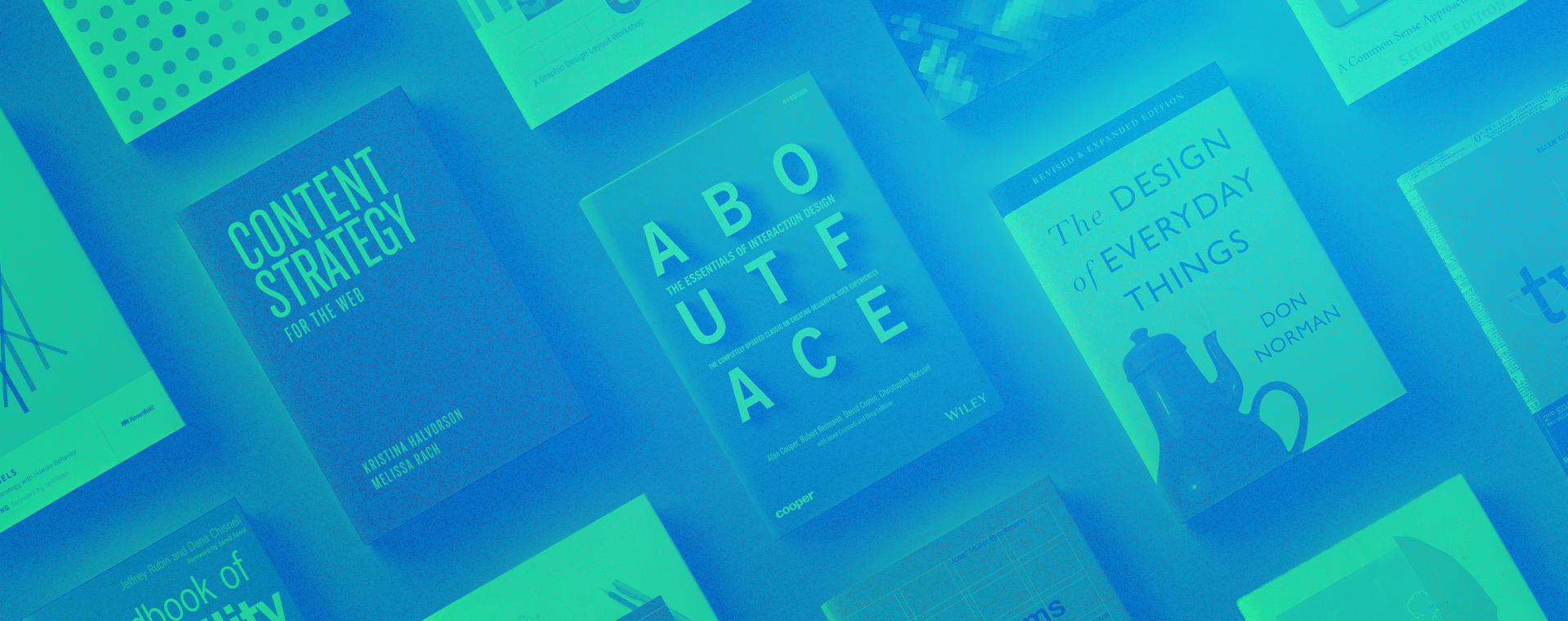How overprotective brand guidelines are stunting your growth
By: Grace Cole
April 24, 2019 | Reading Time: 3 mins
Your company’s style guide is kind of like your brand’s parents. They tell you what you can and can’t do, they keep you in check, and they’re usually always right. Their purpose is to keep your brand safe and ensure that everyone uses the same standards to build a consistent and recognizable brand. However, like parents, they can fall out of touch and get overprotective. They mean well, but when they’re too involved they can actually hurt or stunt your brand’s growth.
If you’re feeling restricted by your brand guidelines, it may be time to reevaluate them. Start by asking these questions:

Are there too many rules?
Being thorough with your guidelines seems like a no-brainer, but the more complex they are, the less likely people will be able to deploy them successfully. Trying to solve hypothetical problems preemptively can get confusing, which can lead to guidelines being used improperly or ignored altogether. Rather than write a rule for every potential situation, put trust in your reader to be able to problem-solve on their own with the broad strokes you’ve supplied them. Only include what is necessary for your guidelines such as logo usage, colours, typography, imagery (photography, illustration & iconography) and remove anything that’s overbearing. Rules breed rebellion and your team can only take so much. You don’t need to share fifty technical points about your typeface. Pulling back will allow your brand to thrive on its own.
Is there a compromise?
Adding a few examples of how your brand’s elements are implemented can be useful — but don’t go overboard! Think of these as points of inspiration rather than hard-set rules. A solution you’ve made for one instance may not translate to another. Say you’ve outlined examples for a full-page magazine ad where the logo has to be in the bottom right corner. What happens if the publisher needs the bottom right corner for a serial number? In this situation, you can’t work in a dictatorship. For a successful ad, you’ll need to relinquish some control and offer creative freedom. As long as your core elements are there, it’ll still look like your brand—I promise.

For example, look at how Coca-Cola has evolved over time. Their Share a Coke campaign is one of the most iconic marketing campaigns to date despite the fact that they replaced their logo with random names. This wouldn’t have been possible if Karen came in and said, “Mmm sorry guys, section 8.3A of our guidelines says we can’t alter or replace the logo.” If Coca Cola can exercise this freedom while remaining one of the most recognizable brands in the world, shouldn’t you consider easing up on your own guidelines?
Are you living a sheltered life?
Don’t let your brand guidelines stop you from experimenting with new ideas… within reason. For example, if your brand is all about convenient door-to-door delivery, experimenting with self-serve would deter from a fundamental aspect of your business and risk diluting your value proposition. While you need some restrictions, guidelines should never hold you back from evolving as a brand. Eight years ago, we started writing marketing blogs with no idea where it would go. Fast forward to today and blogging is a key tactic for driving traffic to our website. We were comfortable with investing in something new because we knew it would lead to growth, success or failure. You can’t shelter your brand, continuously doing the same old thing the same old way. Leave room for flexibility in your guidelines to open your brand up to new opportunities and successes.
Brand guidelines and those who enforce them just want what’s best for the brand. While they may be overprotective, trust that they have the best intentions. After all, the brand is their baby and they’ve spent time, money, and energy shaping it into what it is today. In the case of brand guidelines, rules aren’t meant to be broken. Instead, try to keep them simple, flexible, and collaborative so your brand has the space it needs to grow and flourish.








